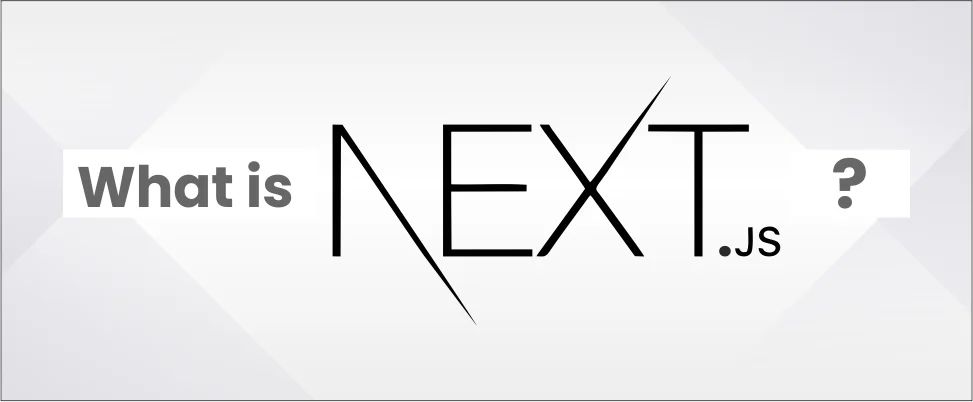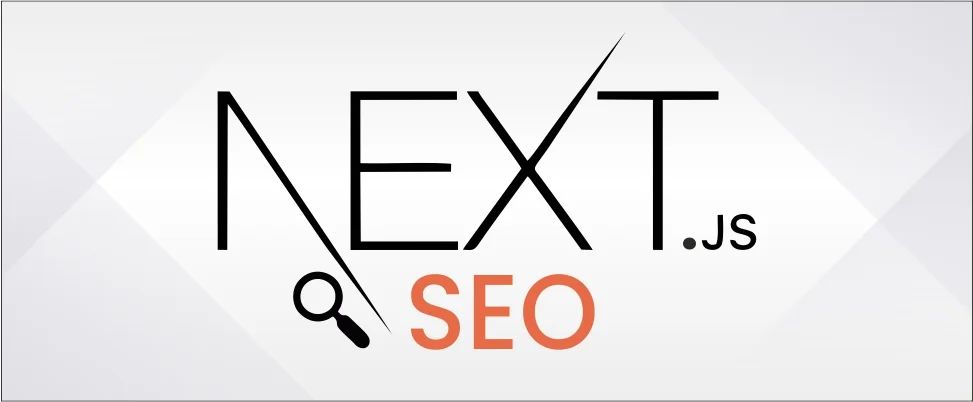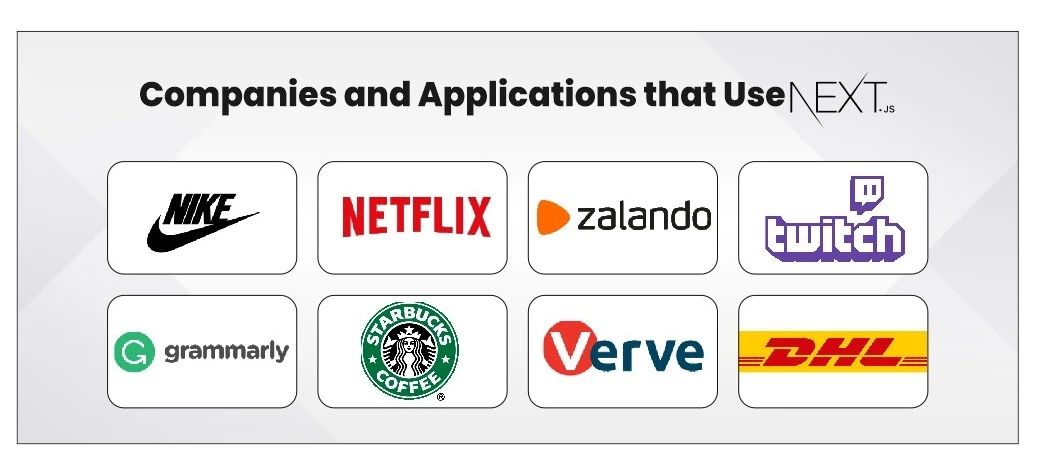Table of Contents
ToggleIntroduction
Next.js with its ground-breaking features has overtaken popular JavaScript frameworks such as React.js and Node.js. It’s SEO-friendly features have made it a favorite among many top businesses such as Netflix, Meta, and more. So, through this article let’s understand what’s all the rage around Next.js.
What is Next.js?

Next.js is a React framework useful for building modern and dynamic websites and web applications. It comes with robust features and a broad range of configuration options that include automated packing, routing, loading, server-side rendering (SSR), and compile-time rendering (SSG). With these features available developers can seamlessly start building the application. You can go through the detailed Next.js documentation on its official website.

Don't miss out on your chance to work with the best
apply for top global job opportunities today!
Features of Next.js

- Hot Reload: Whenever developers make any changes in the application, it will automatically reflect on the server without manual interruptions.
- In-built CSS and Sass Support: It allows developers to choose the styling in building applications without any additional configurations.
- Code Split: It helps to optimize JavaScript code load and execution time by preventing unnecessary code from loading. This feature is beneficial to large applications with complex routes and features.
- Full-Stack Capabilities: Developers can easily integrate Next.js into their backend project. It can handle authentication, data storage, and retrieval.
- Automatic Routing: Next.js router maps web page components to corresponding routes and then with automatic routing sets up the route for the application. Plus, a newly created page in the project can be easily accessible through a URL that matches its file structures. Next.js with the automatic routing feature leaves no room for routing-related errors.
- Prefetch Prop: It helps to optimize the performance of navigation by automatically prefetching the linked page resources.
- Built-in SSR Support: It promotes fast initial load times and improves SEO.
Interesting Read: 16 Best React.js Frameworks to Use in 2023
Advantages of Next.js

- In-Built CSS: This allows the seamless import of CSS styles from a JavaScript file and is later used online for fast rendering.
- Search Engine Optimization (SEO): Next.js offers improved SEO performance as it renders web pages on the server side. This enables search engine crawlers and bots to scan and index web pages, find metadata, and also understand the data that is available on a website.
- Automatic Code Splitting: It promotes this automatic technique where the application breaks down into small sections to load the necessary code on each page. As a result, it largely reduces the initial load time which contributes to a better user experience.
- Improved Image Optimization: It supports the most recent formats such as WebP that are resized to fit the specific requirements and then made available in a suitable format. This ensures high quality and utmost performance.
- Lazy Loading: It enhances initial load times with dynamic import support by letting some of the components at runtime. This tremendously decreases the volume of JavaScript to render the page. And, then components and libraries are imported and included in the JavaScript bundle.
Disadvantages of Next.js

- Absence of In-Built State Manager: It lacks in-built state management due to which, developers need to use third-party libraries and tools such as MobX and Redux.
- Fewer Plugins: With the limited plugin availability, it cannot offer customization convenience. It requires more custom development in terms of specific functionalities.
- Flexibility Comes at a High Price: Although Next.js offers a high degree of flexibility in terms of customization; it lacks pre-built front-end components. Due to this, developers need to create the entire front-end layer of the web application from scratch. This consumes a lot of time and effort or may require a profound knowledge of web development.
How Next.js Improves SEO?

Next.js promotes server side rendering (SSR) that changes the react code into HTML during the initial load time. This loading technique of SSR differentiates Next.js from the Single Page Application (SPA). This loading technique has a positive impact on search engine ranking.
Whenever the SEO bots crawl through the web it always examines the HTML of each URL. When it encounters the non-SSR SPA web page, bots don’t have the ability to comprehend the JavaScript code. Instead of HTML, it delivers lengthy disorganized JavaScript code.
This bot nor crawls neither waits for the web page to convert into HTML. Also, they can’t effectively interpret any content in the web page. This is where Next.js comes as a great help. It encapsulates the SPA in Next.js. By doing so, sites become SEO-friendly and enjoy the benefits of SPAs.
What Makes Next.js A Better Option?
Next.js offers added advantages which include the following:
- The faster load and improved server rendering offers a great user experience as well as an increased conversion rate.
- SSR largely helps in indexing websites efficiently, making it easy to drive potential customers through organic search.
- It also helps businesses to stay ahead of their competitors due to its fast browsing experience times, and improved SEO.
- Features such as automatic routing, code spitting, and fast deployment significantly reduce development time. As a result, cuts out the hefty cost of maintenance.
- Next.js middleware is a code that allows developers to run code before a request is completed.
- Lastly, its modular architecture and server-less functions are added boon for business to scale their application.
Interesting Read: React.js vs. Next.js: Why businesses prefer Next.js over React.js?
Companies and Applications that Use Next.js

Concluding Thought
Next.js is a robust React framework that comes packed with features and advantages that can simplify the development. Some of its stand-out features are SSR, automatic routing, and code split. It is crucial for you to carefully consider its advantages and disadvantages and make the right decision that works in your favor. If you are looking to hire developers with expertise in Next.js, then go ahead and sign up with Olibr now!
Take control of your career and land your dream job
sign up with us now and start applying for the best opportunities!

FAQs
It offers many benefits in terms of page load and SEO and on top of that it also provides support for backend code.
SSR includes rendering content on the server and promotes fast page load. Whereas SSG focused on building HTML pages with improved performance.
- Firstly, if your project doesn’t need advanced features.
- Secondly, if your project needs only a single conventional HTML file.
Its file structure involves directories such as pages, components, and static.
Page directory contains routes of application.
Components act as a shelter for reusable react element.

